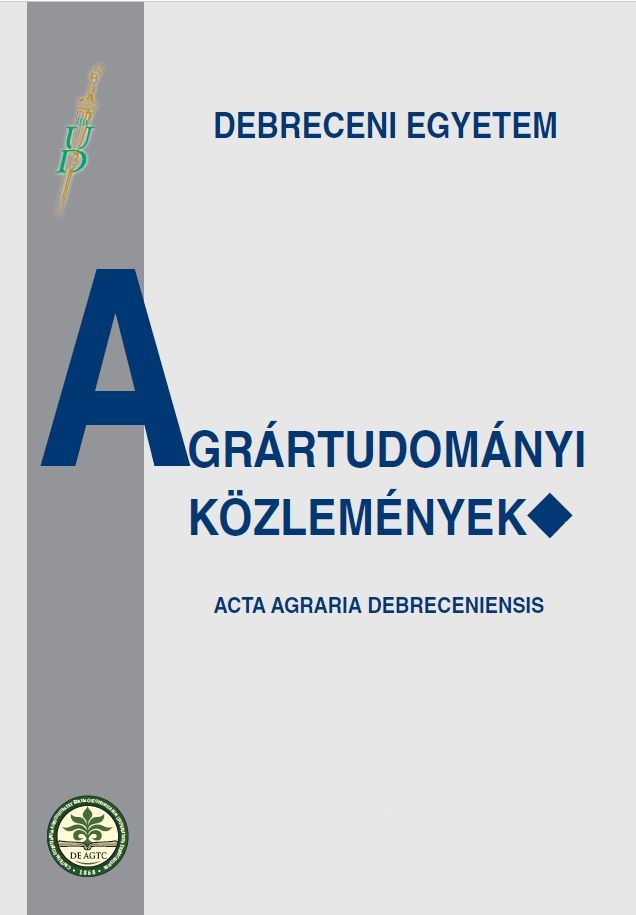The Role of the 4M-ECO Agrieconomical Modell in the Crop Cultivation
Authors
View
Keywords
How To Cite
Abstract
Today, c for agricultural use are of ever increasing significance. These provide an opportunity for more accurate planning, and favourably influence the efficiency and economic performance of given enterprise. The relevant literature divides models according to various criteria. The most common is the division between optimising and non-optimising models. Non-optimising models generally endeavour to make the best use of technological lines, machine capacity, while optimising models are used to optimise revenue returns from sales or, occasionally, production costs. In our case, revenue and returns from sales were optimised. The models examined consist of several modules. Which include the following: plant cultivation modules, evaluations (assessment of situation, conception plan, complex corporate evaluation), supplementary sheets (sheets and charts for ancillary plant production, general costs of operation, summary and crops structure optimisation). With the help of the model, annual a particular can be made for an optimal crop structure the resources of the enterprise. This it becomes possible to define the largest net revenue on a corporate level.

 https://doi.org/10.34101/actaagrar/13/3406
https://doi.org/10.34101/actaagrar/13/3406